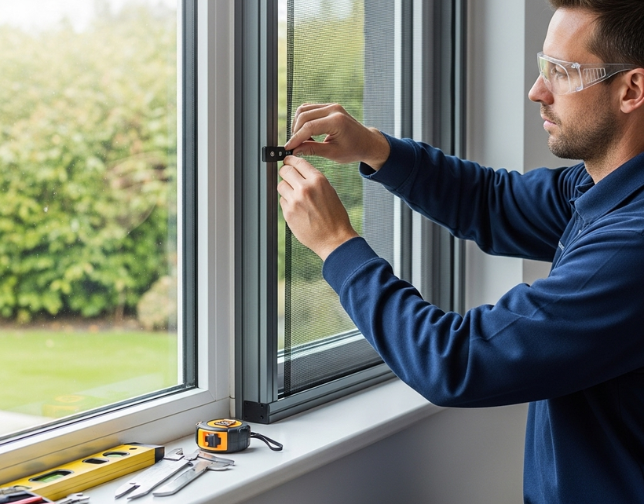Bird Net for Balcony: A Simple Solution for a Cleaner, Safer Space
- malik tanveer
- Jun 24
- 3 min read

In urban and semi-urban areas, balconies are precious extensions of living spaces. They offer fresh air, natural light, and a relaxing place to unwind. However, they also attract birds—pigeons being the most common offenders—who roost, nest, and leave behind droppings, feathers, and parasites. This nuisance has led many homeowners and tenants to install bird net for balcony, an effective and humane solution for bird control. This article explores the benefits, types, installation tips, and maintenance of bird nets.
Why Use a Bird Net for Your Balcony?
1. Hygiene and Cleanliness
Bird droppings are not only unsightly but also unhygienic. They can carry harmful bacteria, fungi, and parasites that pose health risks to humans. A bird net helps prevent birds from landing or nesting, thereby keeping your balcony clean and safe for daily use.
2. Prevent Property Damage
Birds, particularly pigeons, can cause significant damage by pecking at walls, damaging plants, and corroding metal surfaces with their acidic droppings. Over time, this can lead to costly repairs. A net acts as a physical barrier, protecting your walls, plants, and railings.
3. Avoid Noise Disturbance
Birds can be very noisy, especially during early mornings or nesting seasons. Their constant cooing or chirping can disrupt sleep or concentration, especially in homes where balconies are close to bedrooms or study areas. A net limits their access and thus reduces noise pollution.
4. Humane Bird Control
Unlike spikes, poisons, or other harsh deterrents, bird nets do not harm birds. They simply create a barrier that prevents entry, making them a humane and environmentally friendly option.
Types of Bird Nets Available
Bird nets come in various materials and balcony safety net designs. Here are the most common types:
1. Nylon Nets
Lightweight, strong, and UV-resistant, nylon bird nets are the most popular choice. They are transparent or semi-transparent and blend well with most balcony designs.
2. Polyethylene (HDPE) Nets
These nets are made from high-density polyethylene, making them more durable and weather-resistant. They are ideal for long-term outdoor use.
3. Knotted vs. Knotless Nets
Knotted nets are stronger and more resistant to wear and tear, whereas knotless nets are smoother and less visible. The choice depends on aesthetics versus durability.
4. Mesh Size
The mesh size typically ranges from 20 mm to 40 mm. Smaller mesh sizes are effective for smaller birds like sparrows, while larger meshes are used mainly for pigeons.
Installation Tips
1. Professional Installation
In the context of larger balconies or high rise buildings, professional assistance is useful for ensuring proper installation and tensioning. While DIY kits exist, they provide little aid during installations that require complicated fittings.
2. Frame Support
Using hooks and anchors as means to support the net’s frame secures its position, thus reducing sagging. Antenna-grade metal mesh, PVC, or robust ropes can be used to make window frames and aids in bearing additional weight.
3. Custom Fitting
Due to varying dimensions of each balcony, pre-made nets tend to leave gaps that birds exploit. Hence select customized nets that align closely without enabling any potential entry points.
4: Color Choice
Blending with your balcony design allows users to utilize neutral colored nets such as black, white or transparent. From afar, black nets are less evident and serve the purpose well while remaining inconspicuous.
Maintenance & Durability
1: Regular Cleaning
Aside from being easy to install, bird nets are also simple to maintain, requiring minimal upkeep while ensuring functionality through bi-monthly washing with soap.
2: Weather Resistance
Guaranteed bird net protection from UV rays alongside rain allows wind intrusion; however exposure over a long period can degrade materials leading to damaged bird shields every year needing replacement after every two years of use.
3. Pest Inspection
Look through the net and check for any insect nests or debris buildup behind the net on the balcony area.
Conclusion
In comparison to other available options, putting up a bird net to shield your balcony is an economical and considerate choice to safeguard your living area from avian-associated filth and destruction. The right type of net given proper installation guarantees a significant improvement in serenity and cleanliness during balcony use. For both apartment and house owners, this simple yet effective action considerably enhances comfort in day-to-day living while drastically improving home hygiene.


Comments